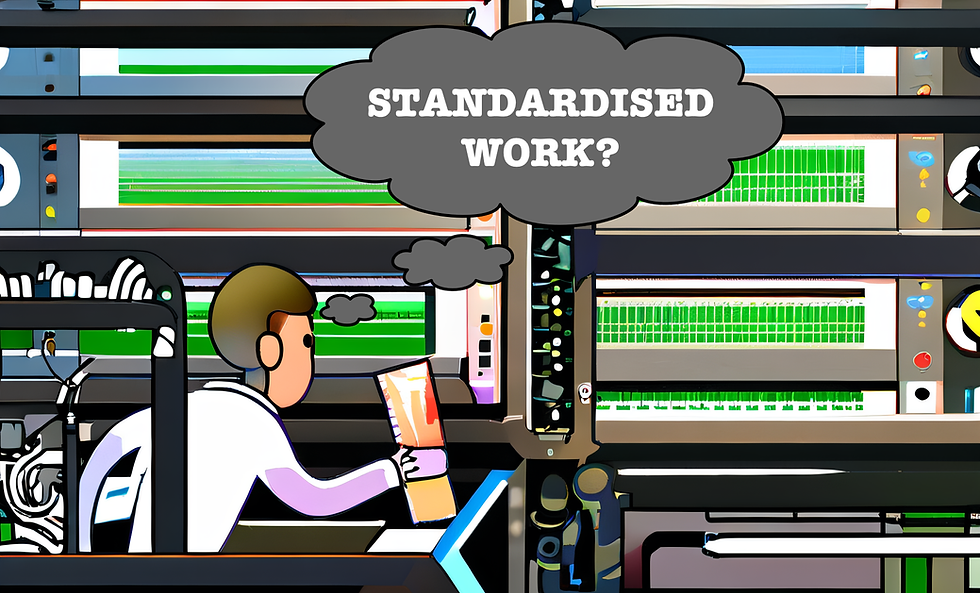eBOM / mBOM Comparison - Simplifying The Process By GENEO
- latestbusinessoffe
- Jul 2, 2024
- 3 min read
eBOM / mBOM Comparison - Simplifying The Process By GENEO
"The Manufacturing Bill of Materials (mBOM) is derived from the Engineering Bill of Materials (eBOM) and forms the basis for describing production and assembly activities. Accurate eBOM/mBOM comparisons are essential to ensure the production line reflects the engineering design requirement. Traditionally eBOM/mBOM comparisons are difficult and time-consuming due to discrepancies in nomenclature, design revisions, component versions, and variations in part specifications between the two different bills of materials. Manual verification and cross-referencing of data across different systems or documents can further complicate things.
Imagine if you could include every part and process variation in your assembly work instructions. Then, by running a report for the entire process, you could build your mBOM simply by documenting each assembly operation, standard by standard.
This is how we do it in GEN-OPS; with GENEO, eBOM / mBOM comparisons are easy.
How our approach allows the mBOM to be built quickly and effectively:
1. Translation: All the parts required for assembly are obtained from the eBOM.
2. Part identification: Every part component listed in the eBOM gets added to the work instruction along with the quantity, part number, description, and any necessary specifications for production.
3. Production planning: The standard work instruction considers the production requirements for each part and component, including the location by the line, the sequence of assembly, manufacturing processes, and any specialised tooling or equipment needed for production.
4. Auto building mBOM: The mBOM report automatically collates all components in the assembly instructions.
5. Validation: Once derived, the mBOM can quickly be compared with the eBOM to identify discrepancies.
What are the key benefits of approaching eBOM /mBOM comparison in this way?
1. Automated comparison: By generating a report that includes the entire mBOM based on the work instructions, you automate the comparison process between the eBOM and mBOM, which in turn helps reduce manual effort and human error while ensuring a more accurate and efficient comparison.
2. Improved accuracy: The report generated from the work instructions provides a comprehensive list of all mBOM parts required for the process and improves the accuracy of comparison with the eBOM, reducing the risk of missing or overlooking components during the comparison process.
3. Easy to find discrepancies: The report simplifies the identification of differences, making it easier to highlight any mismatches, missing components, or incorrect information between the two bills of materials.
4. Facilitating collaboration: An mBOM based on clear work instructions makes it easier for engineering and manufacturing teams to collaborate and resolve any discrepancies or issues identified during the comparison, promoting better communication and alignment.
5. Improved decision-making: Highlighting discrepancies quickly streamlines the process, optimises resources, and ensures that the final product meets quality standards quicker and more effectively.
In Summary:
Based on this approach, it is reasonable to summarise by saying that generating a mBOM report based on the detailed work instructions for the entire process can significantly improve and simplify the eBOM and mBOM comparison process by automating the comparison, enhancing accuracy, facilitating easy identification of discrepancies, promoting collaboration between teams, and supporting informed decision-making which ultimately leads to a more timely and effective comparison between the two bills of materials."
Follows Us On:
Contact Details:
7 Parade
Leamington Spa
Warwickshire
CV32 4DG
United Kingdom
Consulting
+44 (0)1926 940964
Software and general
+44 (0)1926 423132
Contact Name:: Tim King : 07810820414
Email: timking@geneo.co.uk





